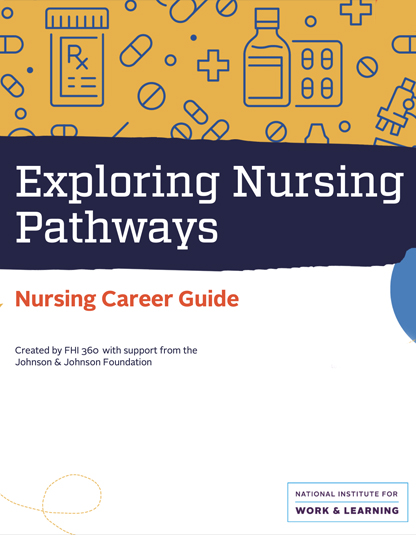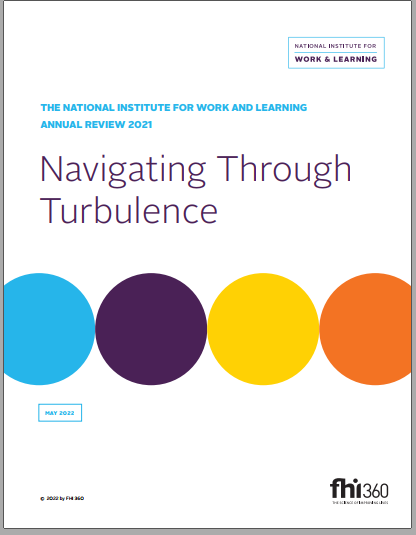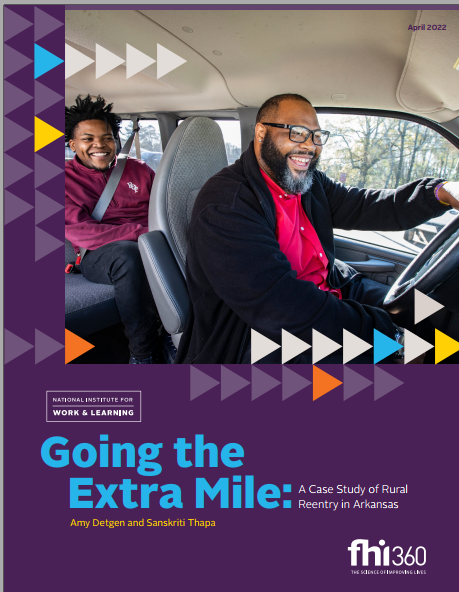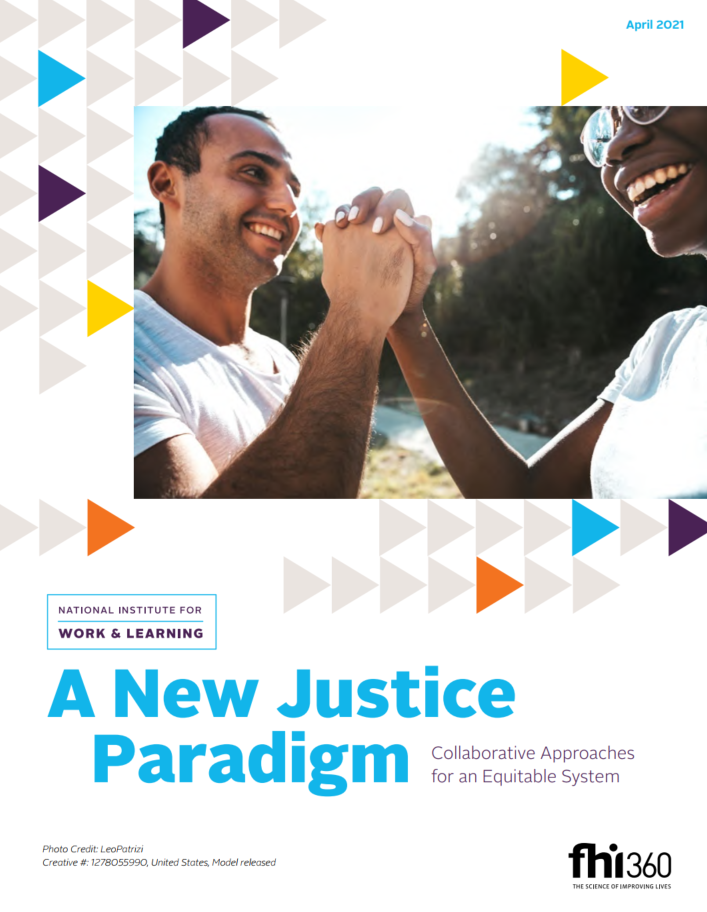Our work in 2024 highlights our pivotal role in workforce development across the country. In fulfilling our mission to advance solutions in education and workforce systems, we establish partnerships, expand economic opportunities through work-based learning, foster employee engagement, and provide a comprehensive spectrum of services for learning and workforce development.
Read NIWL’s 2024 Annual Report to learn more about our work to strengthen our partners and forge connections so that we can all reach our fullest potential.
Just looking for the highlights? Check out our 2024 Infographic.










